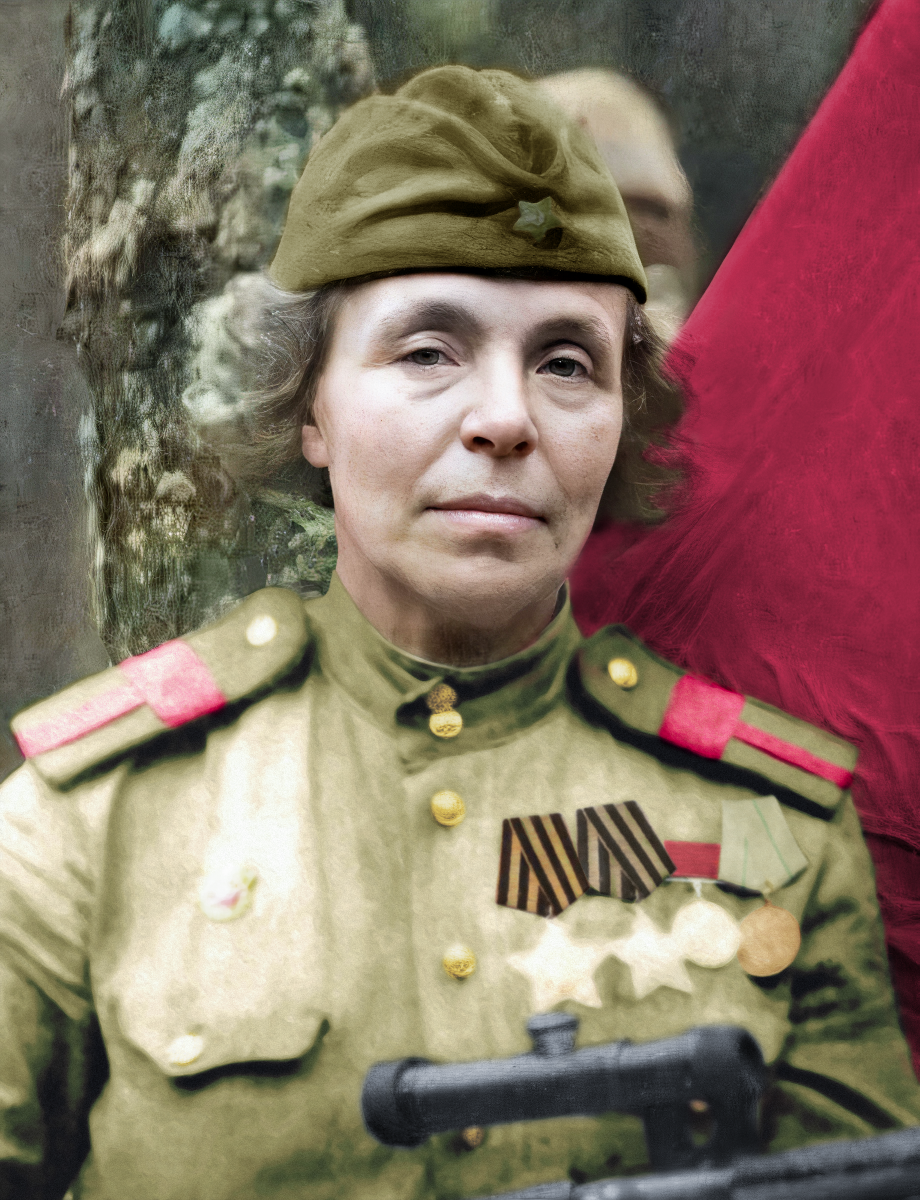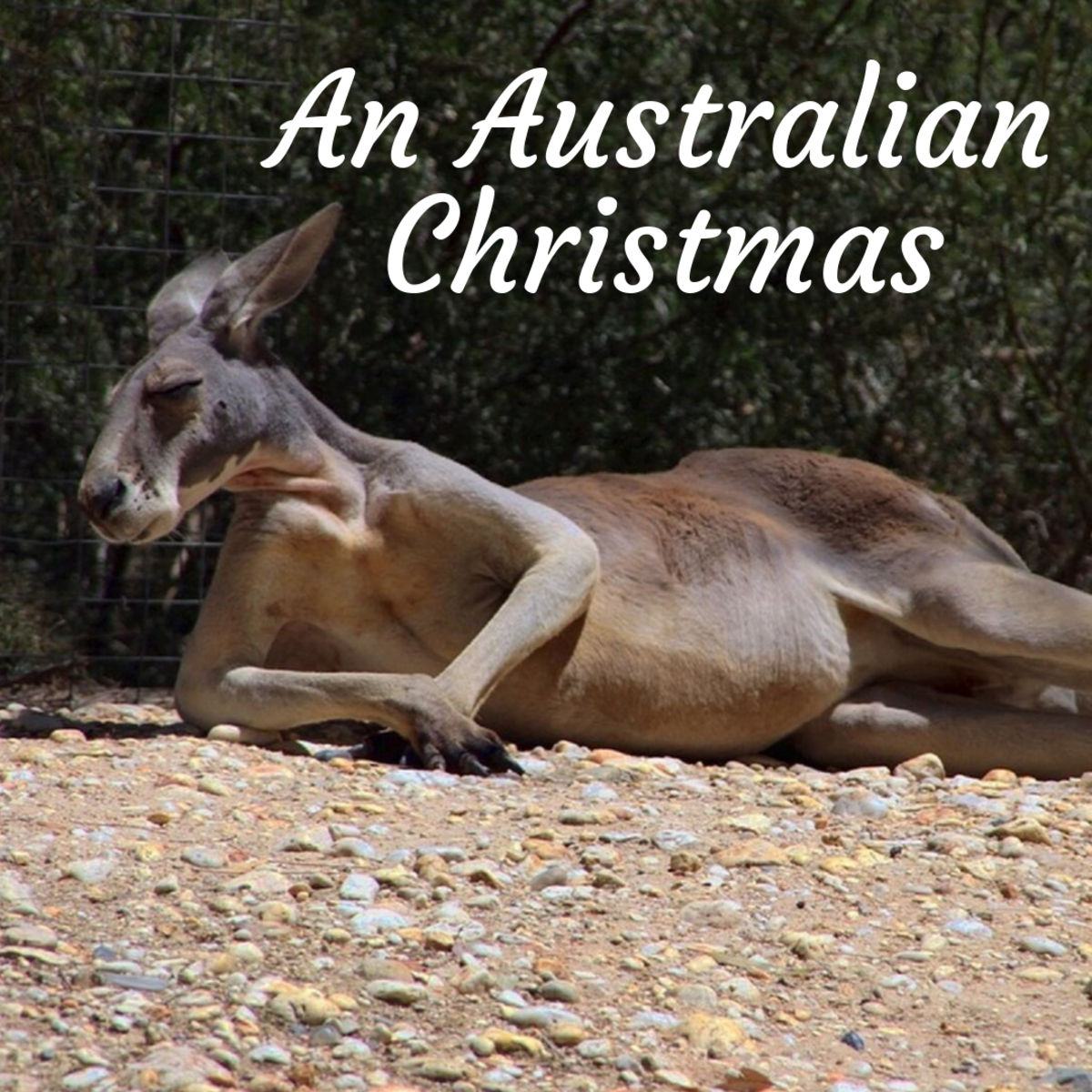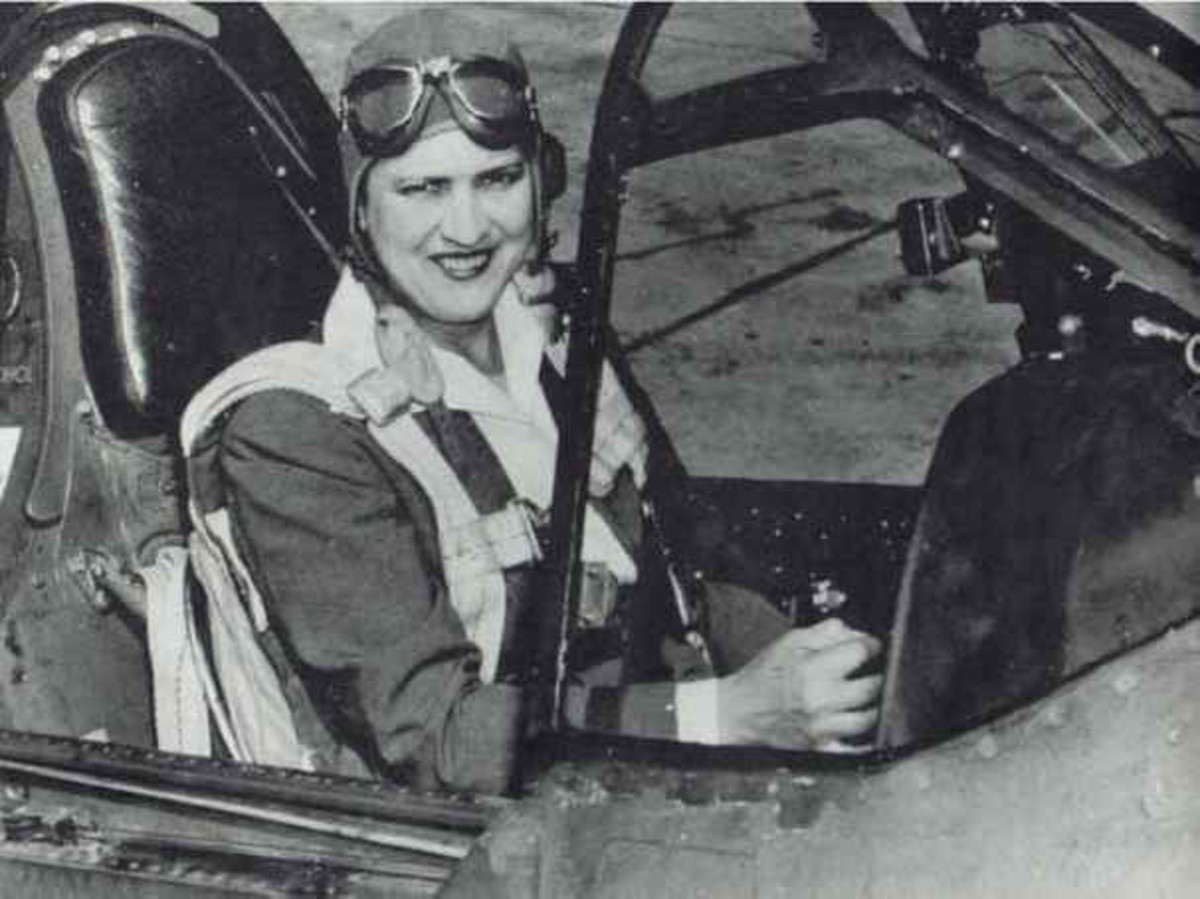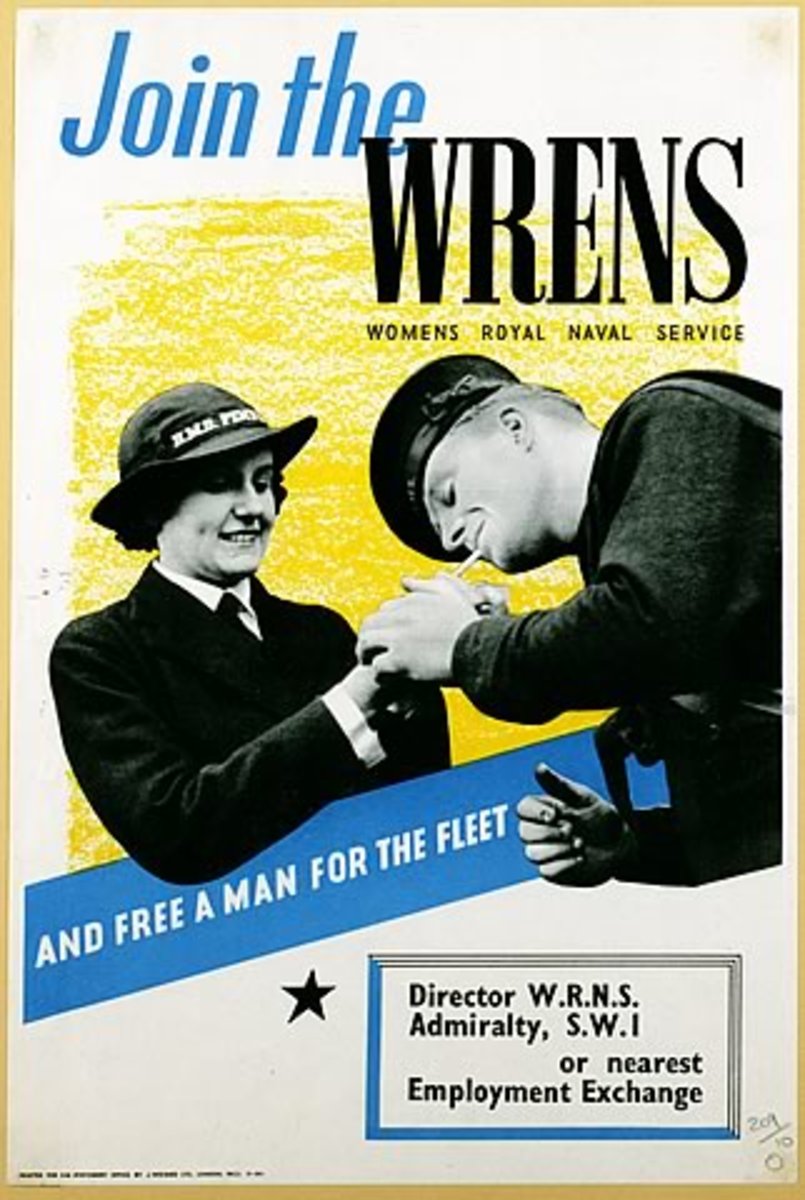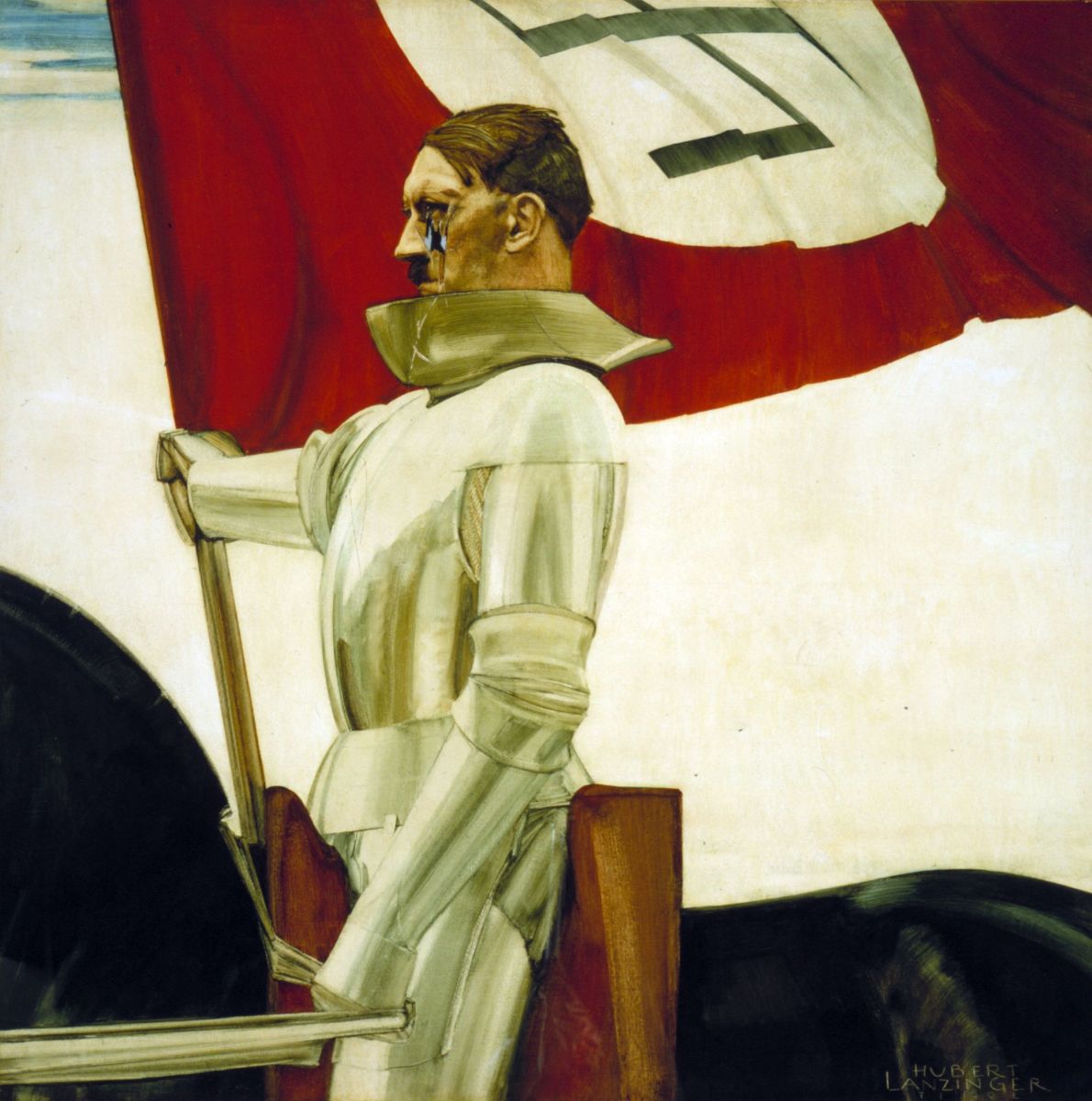- HubPages»
- Education and Science»
- History & Archaeology»
- History of the Modern Era»
- Twentieth Century History
World War II: Australian Campaign in North Africa
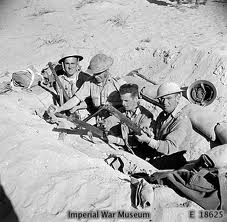
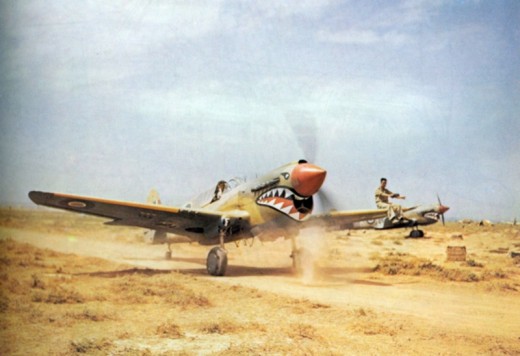
World War Two: Australian's in North Africa
Describe the experiences of Australia in North Africa during the Second World War.
The North Africa campaign, also known as the ‘Desert War’, was a campaign during World War Two (WWII) that spanned from 1940 to 1943. Throughout the campaign, Australian men and women, who served as military personnel or in the RAAF, were subjected to experiences of initial setbacks, arising from a lack of training, as well as experiences of success when the setbacks were overcome by military successes and the bolstering of morale.
Initially, the experience for the majority of the Australian Infantry Force (AIF), during the early stages of North Africa, was one of difficulty, shock and struggle. The Second AIF, which comprised of the 6th, 7th, 8th and 9th Australian Infantry Battalions, was involved in the early stages of the campaign. These battalions consisted of 20,000 volunteers; most were untrained and had never seen combat and therefore, they were inexperienced for the theatres of war. The fact that both the 6th and 9th battalions “had little training and carried only personal weapons” (Skwirk Interactive Schooling, 2009) is evidence for the lack of experience of the Second AIF. In fact, the 9th battalion was sent untrained and so their experience in North Africa was harsh and devastating especially since they took the “brunt of a surprise advance by Rommel’s newly-arrived armoured force” (Australian War Memorial, 2009), the Afrika Korps. The 9th battalion had almost no combat experience in desert warfare, operating vehicles such as tanks or armoured cars, navigation, logistics, night fighting in a desert environment or even the basic essentials for warfare. This was aggravated by the lack of artillery support for the 9th battalion, the extreme differences in temperature and sand. Hence, it can be said that the Australian soldiers’ experience in North Africa was rough and most likely came as an unwelcome surprise to the untrained volunteers.
After the initial challenging experience for the the Second AIF in the initial phases of the North Africa campaign, which partially stemmed from the setbacks of a lack of combat experience, the experience of the Second AIF gradually became to feel easier and less harsh. The Second AIF’s success in combat and fighting contributed to the soldiers becoming familiar to the extreme environment. They also came to learn the skills and knowledge necessary in ‘trench lifestyle’. For most of the 9th battalion, these skills learnt during combat warfare would have constituted their entire training; they were trained as they fought in war. The 9th battalion’s success is evidenced by Operation Compass, where the 9th battalion fought alongside the British 7th Armoured Division and Royal Air Force (RAF), to execute a counterattack under the leadership of “Major General Richard O’Connor”(About.com: Military History, 2009).This operation eventually saw the destruction of nine Italian divisions and the capture of over 130,000 Italian troops. Moreover, for the Australians, there was a mere loss of just 130 soldiers during the fighting at the Italian-captured town of Bardia in Operation Compass. This battle proved to be one of the first experiences of victory for Australian forces in North Africa and the resultant success of the operation boosted morale in the Australian troops and reinforced their knowledge of desert warfare.
Supporting the AIF, the Desert Air Force (DAF), a branch of the Royal Australian Air Force (RAAF) that also participated in the North Africa campaign, also experienced the hardships of war in North Africa. Fighter squadrons in the DAF, such as the RAAF’s No.3 Squadron – with the aid of the American P-40 Tomahawk fighters – supported the Australian soldiers. Their experiences on a typical day of battle included “two planes from the squadron [shooting] down two German JU-88s preparing to attack allied shipping” or “the squadron [engaging] six enemy bombers [and] shooting them all down” (The Australians at War Film Archive, n.d.). This constant fighting led to pilots and crews of many aircraft squadrons feeling elated through successful missions, whilst also causing them to be on the constant vigil and stand-by to counter any enemy raiders. On the other hand, the rudimentary ‘accommodation’ and basic conditions in the DAF made their experience in North Africa harsh and crude. Moreover, during Operation Crusader, men of the DAF experienced conditions where “accommodation and recreation facilities were primitive, aircraft maintenance was extremely difficult, and dust and disease were common enemies, as were the extremes of temperature”. Thus, the living conditions of the DAF soldiers rendered their experience nasty and somewhat torturous.
The North Africa campaign proved to exert a plethora of mixed experiences for Australians who fought in it. Feelings of shock and surprise were felt by those in the 9th battalion by Rommel’s Afrika Korps, but this soon changed to relief and success as they drove the Italian forces out of Africa during Operation Compass. The DAF had the unfortunate luck of having to endure the tough combat conditions of North Africa, but this was mixed with the victories that they had in combat.
Why is North Africa significant to a study of Australia and its role in the Second World War?
The study of Australia’s involvement in the North Africa campaign is significant in the analysis of Australia and its role in World War II (WWII). In particular, a clearer understanding of the willingness of Australian volunteers to place their ‘life on the line’ to fight for the mother country, Britain, is revealed, through the study of the North African campaign. Insight is also provided into the role of Australia in training the Second Australian Infantry Force (AIF) in the art of desert warfare at Julis camp, thereby training them to fight against the Axis forces in the Battle of Bardia and in the Siege of Tobruk. The North Africa campaign also illustrates the changing perceptions of the role of women in Australia, through the women’s provision of medical assistance to wounded soldiers in North Africa as members of the Australian Army Nursing Service.
The North Africa campaign reveals Australia’s willingness to answer Britain’s call to enter WWII as an ally and therefore, Australia’s eagerness of fulfilling its obligation to Britain. This call was answered by 20,000 Australian volunteers who chose to participate in the fighting held at North Africa, thousands of miles away from Australia. The 20,000 volunteers formed the Australian 6th division, which was established to meet Britain’s request for “assistance from Australia within a week of declaring war on Germany” (History Learning Site, 2009) and as “a ‘special force’ for the purposes of overseas service” (Australian War Memoral, 2009). The formation of this new division with the “16th, 17th, 18th and 19th Australian Infantry Brigades, 21st, 22nd, 23rd and 25th artillery regiments” (Australian War Memorial, 2009) is evidence of the readiness and almost immediate compliance of Australia to Britain’s request, which serves to represent Australia’s commitment to and allegiance with Britain. This view of Australia is further highlighted by the fact that the development of the 6th division was at a time when Australia’s munitions and manpower were depleted. The attitudes of the volunteers, who pledged to assist Australia in the war against the Axis, also demonstrate Australia’s loyalty to Britain. Furthermore, the demonstration of Australia’s preparedness to fight in the war is also with the effect of exhibiting to the global theatre that Australia was a strong, independent country, despite being relatively young having just celebrated Federation in 1901. Therefore, through the analysis of the establishment of the 6th division, that was later deployed to North Africa, as a response to Britain’s call, Australia’s commitment to the mother nation as well as Australia’s willingness to display its strength to the world are revealed.
Australia’s dedication to train soldiers, particularly the 16th Australian Infantry Brigade of the newly-formed 6th division for fighting in the North African campaign, also illustrates Australia’s active stance in training troops for the purposes of warfare. The 16th Australian Infantry Brigade was deployed to the Julis camp and arrived on the 13th February, 1940. The Julis camp was located “halfway between Magdal and Qastina (6 Divisional HQ)” (Australian War Memorial, 1940). It was at the Julis camp where the 16th Australian Infantry Brigade and the rest of the Australian 6th division undertook their “training syllabus, designed to cover the three months from 28th February to 30th May” (Australian War Memorial, 1940). As a result of training, the soldiers were prepared for combat in North Africa, playing a major and decisive role in numerous battles. According to the Australian War Memorial Diaries written by the commanding officer in the 16th Australian Infantry Brigade in 1940, desert training in the Julis camp consisted of “instruction in map reading and night driving, conservation of water and desert navigation; the sighting of A.A.L.M.Gs (Anti-aircraft light machine guns)…importance of providing slit trenches”. Moreover, General Giffard inspected the 16th Australian Infantry Brigade and was “very impressed with the standard of training so far reached by the troops” (Australian War Memorial, 1940). Hence, the training of soldiers for desert warfare portrayed Australia’s dedication to training soldiers for combat in North Africa and her eagerness to become involved in WWII.
The North Africa campaign saw many Australians soldiers participate in a number of major battles, such as the Battle of Bardia during Operation Compass, which is a testament to Australia’s essential role in the success of WWII. Australia’s participation in a number of battles on the North African front uncovers Australia’s readiness to sacrifice the blood of her own people in order to play its party in the war. One such battle was the Battle of Bardia, which occurred on the morning of 3rd January, 1941, when “Australian soldiers led an assault against the Italian colonial fortress town of Bardia” (Stockings 2009, p.1). Soldiers of the 16th Australian Infantry Brigade of the 6th division were primarily responsible for penetrating the Western face of the Bardia defence system and attacking the Southern side. This attack at Bardia, which lasted “55 hours and resulted in the capture of 40,000 Italian prisoners and large quantities of munitions” (Australian War Memorial, 2009), represented a major victory for the Australian and Allied forces in North Africa. Some consider the fighting at Bardia to be “…one of the greatest military feats in Australian history…which illustrates Australia’s vital participation on the North African front during World War Two” (Stockings 2009, p.1). Other sources also commented on the Battle of Bardia in their war diaries as “another memorable and hallowed date in Australian history – and particularly in the history of this Brigade” (Australian War Memorial, 1941). The profound impact on the outcome of Operation Compass and the weakening of the Italian forces stationed in North Africa, as a consequence of the decisive victory, is evidence of Australia’s sacrifice – as seen with the loss of 130 Australian lives in the Battle of Bardia – and critical function in WWII.
The study of the Siege of Tobruk as part of the North African campaign also symbolises the endurance and valour of Australian soldiers in WWII and their role in the North African campaign. Following the triumphs of the Battle of Bardia in Operation Compass, Germany intervened and assisted her Axis allies by sending the Afrika Korps, commanded by Field Marshal Erwin Rommel, ‘The Desert Fox’, to prevent Axis defeat. In response to this, the Australian forces of “25,000 Allied troops, including 15,000 Australians of the 7th and 9th divisions”(ABC, 2008) held garrison against relentlessly “intensive dive-bombing barrages in... dust storms, searing heat, the flies, the rats and the fleas” (ABC, 2008). This continued for 8 months. Consequently, the Australian soldiers were designated with the name, “Rats of Tobruk” – a German slur – which paralleled the Australians to “rats [who] fought like tigers” (ABC, 2008). The endurance and patience of the Australians contributed, partly, to their success in causing a “thorn in the side of the German army, upsetting [their] plans for an attack on Egypt, and giving us [Australian Soldiers] time to build up our forces for a counteroffensive” (Australian War Memorial, 2009). Furthermore, it “lengthened the German supply lines” (Australian Government National Capital Authority, 2008). The Siege of Tobruk proved to be a major battle for Australia and her participation in WWII, although at a price of 3,009 killed and wounded Australians and 941 captured Australians. This sacrifice accentuates the important role Australia had in defeating Axis forces, whilst subjecting her soldiers to turmoil and hardships during the Siege of Tobruk in North Africa.
Whilst men played an essential role in fighting the war in North Africa in the trenches and the air, women participated in the war behind the front lines in North Africa as nurses in the Australian Army Nursing Service (AANS), illustrating Australia’s gradual changing perceptions of women. During WWII, “professional nurses were...given the full rank of military officers with all of the duties and privileges attached to it” (Australian War Memorial, 2009). A large number of these volunteer nurses were transported to North Africa so that they could help and treat wounded soldiers. They performed medical work to assist troops during the action at Tel el Eisa, which preceded the Battle of El Alamein, and also “treated casualties at the casualty clearing stations and hospitals” (Walker, 2008).These efforts and participation of women in the war is a reflection of the shift in social attitudes towards women in Australia. Traditionally, it was perceived that women managed the home and performed domestic duties such as cooking, cleaning and washing, as a housewife, whilst the men worked to financially support the family. This change in the role of women in society was made evident with the establishment of the “Women’s Auxiliary Air Force, Australian Women’s Army Service and Women’s Royal Australian Naval Service” (Mason 2007, p. 209). This change in social perception is also evidenced by the views of Colonel N L Spiers, “I cannot but feel very strongly that the decision to evacuate the nurses was wrong” (Australian Government Department of Veteran Affairs, n.d.). Thus, the women’s role in waging war from inside the operating theatre and medical tents, thereby providing much needed medical assistance and morale to wounded Australia soldiers, represents the significant, albeit small, step towards the changing attitudes of the role of women in Australia.
Accordingly, through the study of the North African campaign, Australia and its involvement in WWII is revealed. In particular, through analysing the North Africa campaign, the willingness for Australia to provide her, Britain, with a whole new division, viz. the 6th division, to the war, in light of a depleted supply of munitions and manpower, highlights Australia’s allegiance to the mother country. The courage of 20,000 Australian men, who volunteered to put their lives at risk to fight overseas and become trained in the art of desert warfare at Julis camp, also enabled Australia’s success in the Battle for Bardia and the Siege of Tobruk. The consequence of this success reveals Australia’s pivotal role in WWII. The study of the North African campaign, in particular the Australia Army Nursing Service, also reveals Australia’s shifting social perceptions of women in the 1930’s and 1940’s. Ipso facto, the study of the North Africa campaign provides much insight into Australia and its role in WWII.
Bibliography
ABC 2007, Digggers to Auction ‘Rat Hole’ for Charity, viewed 19 May2009, <http://www.abc.net.au/7.30/content/2007/s1900894.htm>.
About.com 2009, World War II: Operation Compass, viewed 13 May 2009, <http://militaryhistory.about.com/od/worldwarii/p/compass.htm>.
Australian Government Department of Veteran Affairs n.d., Libya and the Siege of Tobruk 1941, viewed 16 May 2009, <http://www.ww2australia.gov.au/scrapiron/g_scrapiron.html>.
Australian Government Department of Veterans’ Affairs n.d., The Australians At War Film Archive, viewed 12 May 2009, <http://www.australiansatwarfilmarchive.gov.au/aawfa/about.html>.
Australian Government National Capital Authority 2008, ANZAC Parade, <http://www.nationalcapital.gov.au/index.php?option=com_content&view=article&id=213%3Ah2s7-anzac-parade&catid=57%3Aql-menu-visiting&Itemid=202&limitstart=8>.
Australian War Memorial 2009, AWM52 2nd Australian Imperial Force and Commonwealth Military Forces Unit War Diaries, 1913-45 War, viewed 16 May 2009, < http://www.awm.gov.au/cms_images/AWM52/8/AWM52-8-2-16-002.pdf>
Australian War Memorial 1958, Tobruk, viewed 16 May 2009, <http://www.awm.gov.au/encyclopedia/tobruk/581.asp>.
Fleet Air Arm Service 2005, RAF Desert Air Force & Naval Air Squadrons, viewed 18 May 2009, <http://www.fleetairarmarchive.net/squadrons/RAF_DAF_FAA_squadrons.html>.
History Learning Site 2009, Australia at War, viewed 13 May 2009, <http://www.historylearningsite.co.uk/australia_at_war.htm>.
Mason, J 2007, Experience of Nationhood, 5th edn, McGraw Hill, Australia.
Maughan, B 1966, Australia in the War of 1913 – 1945, 1st edn, The Griffin Press, Adelaide.
Memorial Gates Trust n.d., Second World War – North Africa, viewed 13 May 2009, <http://www.mgtrust.org/na.htm>.
Royal Australian Air Force 2009, Women in Air Force, viewed 11 May 2009, <http://www.airforce.gov.au/history/women.aspx>.
Skwirk Interactive Schooling 2009, Troops: North Africa, viewed 10 May 2009, <http://www.skwirk.com.au/p-c_s-14_u-91_t-199_c-660/troops-north-africa/nsw/history/australia-and-world-war-ii/war-time-experiences>.
Stockings, C 2009, Bardia: Myth, Reality and the Heirs of Anzac, 1st edn, University New South Wales, Sydney.
Strong, G 2007, Generosity keeps Rats of Tobruk in their Albert Park nest, viewed 17 May 2009, <http://www.theage.com.au/news/national/generosity-keeps-rats-of-tobruk-in-their-albert-park-nest/2007/04/19/1176697005210.html>.
Walker, A 2008, Medical Services of the R.A.N. and R.A.A.F., Australian War Memorial, Sydney.
M4 Sherman



